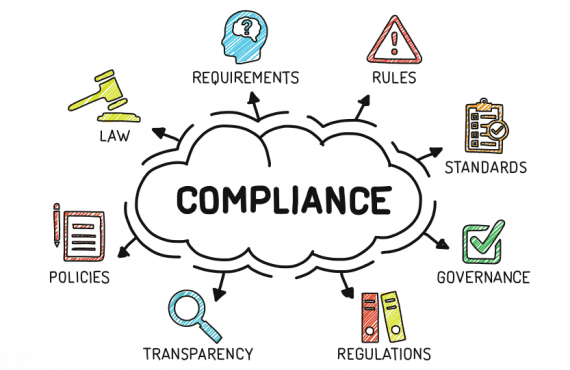The best way an institution can avoid damaging sexual discrimination or harassment incidents is by ensuring that every prevention-based intervention possible is in place—and the most important of these is a systematic staff-training program.
Such a training program must ensure that all staff are aware of what constitutes sexual harassment and discrimination, what the legal consequences are—and how best to avoid becoming embroiled in this potentially highly-damaging legal quagmire. Training should occur at initial employment and frequently and regularly thereafter, as this will show that the organization is serious about eliminating and preventing harassment.
All staff should be provided with a copy of the policy and made to sign an acknowledgement of receipt. This is to protect themselves as much as it is to protect the institution.
Training must include the following:
– A complete review of applicable anti-sexual harassment law.
– All requirements under State law.
– The Company’s policies.
– The consequences of violations.
– The procedures for complaints and investigations.
At management level, this training must also include the development of an ability to correctly identify when harassment is occurring, and to take immediate corrective action before it escalates into a lawsuit. In addition, training should be provided on the correct investigation and reporting procedures.
All of this is vital if an institution needs to offer an effective defense against a sexual harassment lawsuit where it is held liable for the actions of employees. In order to do this, the employer should be able to show that all employees, managers, and supervisors were made aware of its anti-sexual harassment policy.
In order to obviate any doubts about this aspect, after the training is provided and documented, it is wise to reinforce company policy by one or more of the following methods:
– Posting it on employee bulletin boards
– Reinforcing it through sexual harassment sensitivity and prevention training
– Publishing it on the employer’s intranet
– Publishing it on memos or paycheck stuffers
– Discussing it in management meetings and written guidelines for managers, or
– Discussing it in meetings





















































